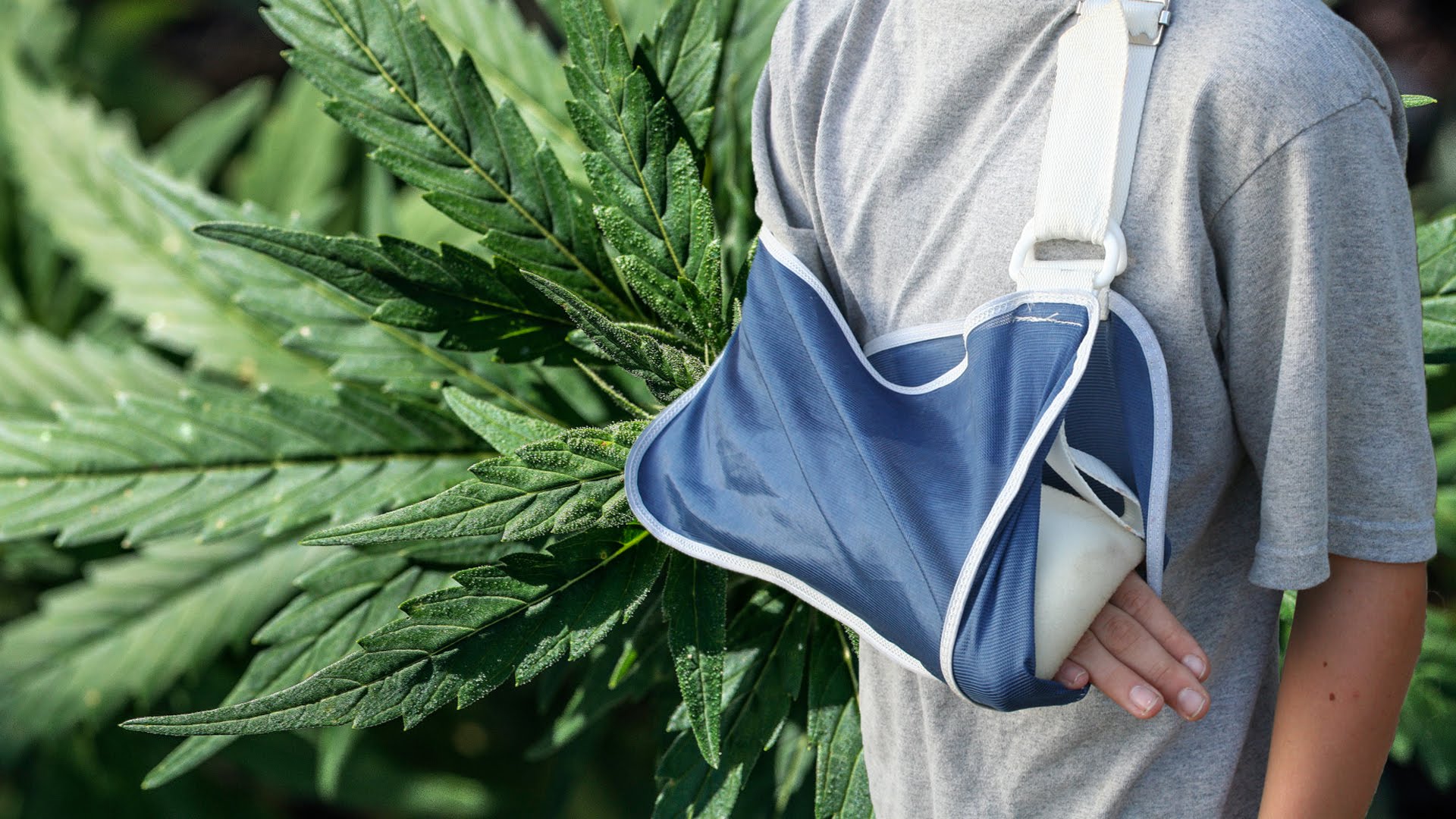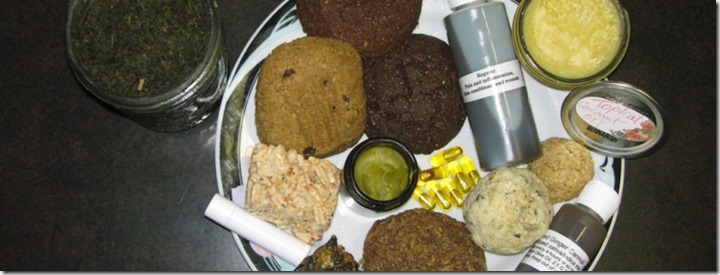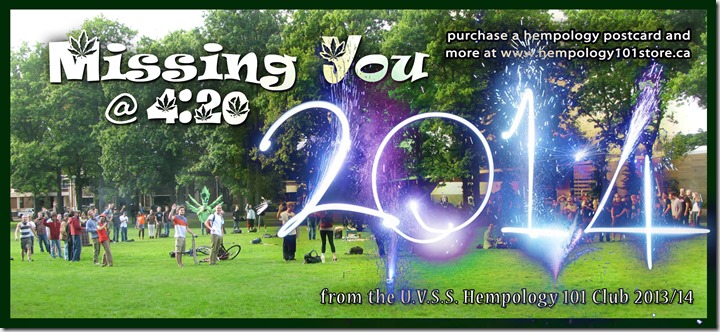Re-Posted from The Cannabis Life Network
I knew something was seriously wrong the second I hit the pavement. I couldn’t properly move my right arm and there was this grinding sensation that I’ll never forget. Pain pulsed like bolts of lightning as damaged nerves screamed in outrage. For the first time in my life, I had broken a bone. I tripped and fell, landing on concrete. The result? A grade 5 fracture of my clavicle, torn ligaments and a world of hurt.
Off work and in pain, all I could think about was how to get better as quickly as possible. I started looking into broken bones and was surprised to find a lot of research surrounding cannabis. THC and CBD can play a highly active role in the healing process. Here is what you need to know about fractures, our bodies response to them and how cannabis can help.
How bones heal
The first response to a fracture is bleeding because blood is made in bone marrow. It clots and collects, providing a quick fix to fill the new crack. The area become swollen and inflamed, triggering an immune system response. Our system sends stem cells, bone marrow and more blood to spring into action. These cells work to produce a soft cartilage or callus, ultimately bridging the gap. As the injury heals, soft callus cells are replaced with harder ones; then by hard bone tissue.
The entire process is easy to understand if you think about human development. Babies have softer bone tissue that hardens are they grow. Because of this, kids break bones fairly easily but, they bounce back quickly.
Broken bones and smoking cigarettes
Cigarettes are horrible for healing bones and multiple studies have confirmed it. The problem is nicotine. Broken bones need a lot of blood flow to transport what’s needed for repair. Nicotine has a constricting effect on our blood vessels, slowing down the entire process. Imagine your blood vessels are a highway and your cells are workers constructing on a deadline. When the highway narrows, they can’t get to work and production slows down.
Smoking cannabis
Unlike nicotine, cannabis dilates the blood vessels, promoting blood flow; plus, it can do a lot more than that. Along with relieving pain, cannabis can accelerate the healing process. In the case of a pain flare up, inhalation is the fastest acting. However, the bioavailability of the lungs is quite low compared to other parts of the body. Inhaling cannabis is not the most efficient way to ingest your cannabinoids. Not to mention, rolling a joint is not always possible and smoking it might make you cough.
Its a matter of weighing risks and the best thing to do is talk to your doctor. Every broken bone is different so trust the professionals. Ask about it before you fire up a joint.
CBD
Along with relieving pain, cannabis can accelerate the healing process. Thanks to multiple studies, scientists agree that cannabinoids are good for bones, especially if you have a fracture. Along with its anti-inflammatory properties, CBD has been shown to:
- speed up the healing time by promoting cartilage production
- increase volume and thickness by encouraging enzyme production
- regulate metabolism to preserve bone density
Edibles
Eating cannabis is the way to go when you’ve broken something. Pain is regulated by our CB1 and 2 receptors. It so happens that we have tons of them in our gut. Think of that pot cookie like a carrier; releasing medicine along your GI tract as you digest it. On top of that, those cannabinoids will enter your bloodstream to make their way to your central nervous system. From there, cannabis can help to lessen the severity of the pain signals being sent from the broken bone.
Topicals
Applied topically, cannabis can lessen the intensity of the pain signals sent to the brain. When used in combination with edibles, it’s easy to saturate both our peripheral and central nervous system. The pain relief and therapeutic effects can be surprisingly effective.
Falling through the cracks
Cannabis may be legal in Canada but it is not accessible for all. If you are a recreational user, you can find something. But, for medical patients with permanent conditions, access is under fire. Illegal dispensaries are the only places supplying the variety needed; but, everyone is being raided.
The only thing that has ever protected these places are the fact that they operate medically. Constitutionally, they are protected based on the court decisions, Roe vs. Wade and Her Majesty the Queen vs. Owen Smith. But, that doesn’t stop the Federal Government from trying new ways to shut them all down. In order to purchase medicine from a compassion club, you need to have a permanent physical condition; as weak as that may sound, it offers them some protection.
Herein lies the problem. Given the right circumstances, broken bones should heal. We know that cannabis helps with not only the healing process but with pain itself. Unfortunately, if you have a temporary illness or injury that could benefit from medical cannabis, there is nowhere for you to access it. A compassion club won’t be able to help because doing so puts them at risk. A recreational store can’t provide what is needed. The best cannabis medicine comes from edibles and topicals; when it comes to a broken bone, a 10mg dose isn’t going to do squat.
Breaking bones suck but thankfully for most people, healing is possible… especially if you can find a bit of plant medicine.
References:
Tobacco and bone fractures
https://www.ncbi.nlm.nih.gov/pmc/articles/PMC6609869/
Bone Joint Res. 2019 Jun; 8(6): 255–265.
Published online 2019 Jul 5.
Cannabidiol, a Major Non-Psychotropic Cannabis Constituent Enhances Fracture Healing and Stimulates Lysyl Hydroxylase Activity in Osteoblasts.
https://www.ncbi.nlm.nih.gov/pubmed/25801536
J Bone Miner Res. 2015 Oct;30(10):1905-13. doi: 10.1002/jbmr.2513. Epub 2015 May 10.
Cannabidiol decreases bone resorption by inhibiting RANK/RANKL expression and pro-inflammatory cytokines during experimental periodontitis in rats.
https://www.ncbi.nlm.nih.gov/pubmed/19070683
Int Immunopharmacol. 2009 Feb;9(2):216-22. doi: 10.1016/j.intimp.2008.11.010. Epub 2008 Dec 12.
Regulation of cannabinoid CB1 receptors in the central nervous system by chronic cannabinoids.
Sim-Selley LJ1.
https://www.ncbi.nlm.nih.gov/pubmed/14977366
Crit Rev Neurobiol. 2003;15(2):91-119.




